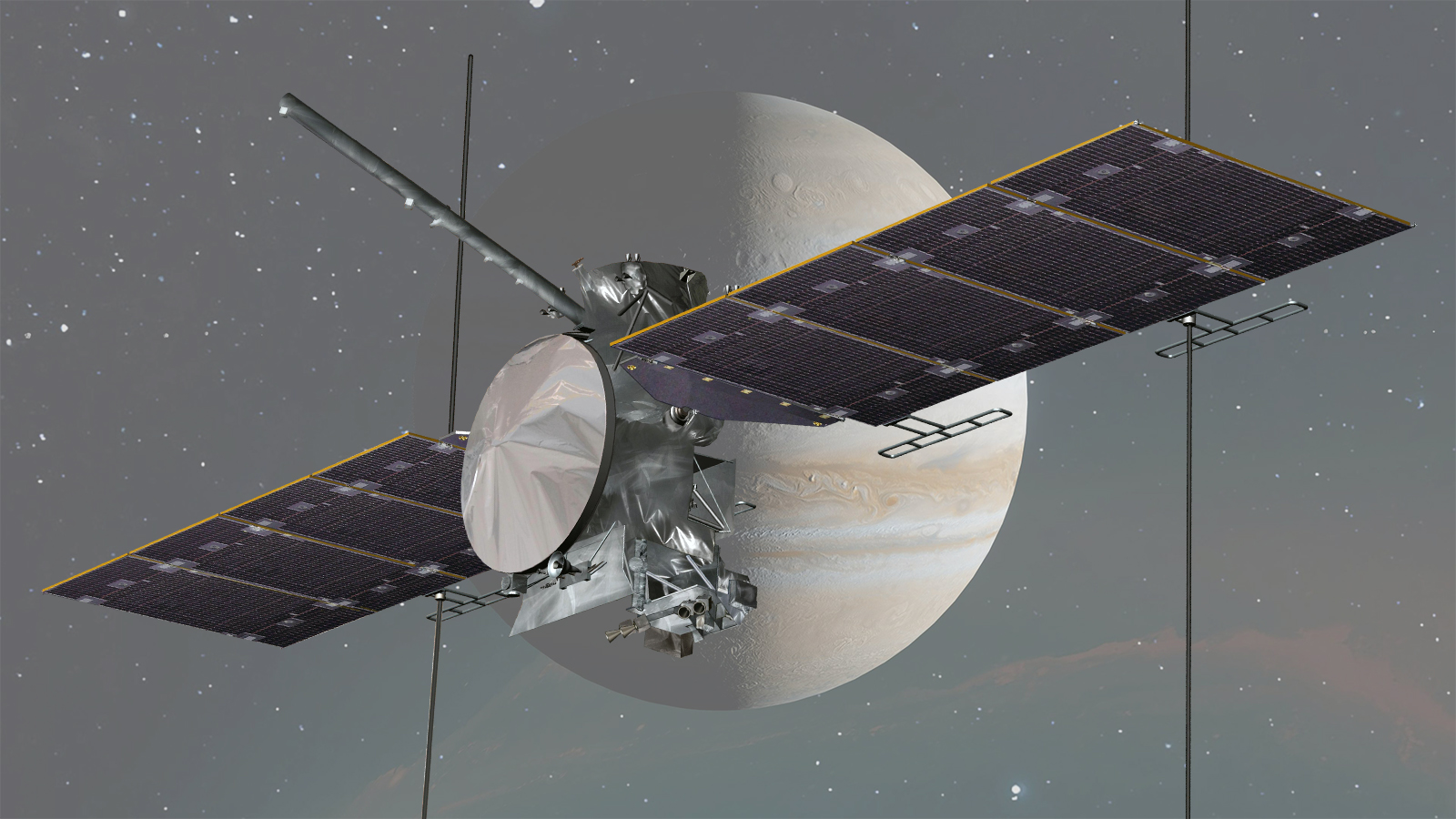
Engineers working on the Europa Clipper satellite have discovered that its onboard transistors are more vulnerable to radiation damage than anticipated, imperilling the mission. While fixing this issue might be as simple as replacing the affected parts, they're already sealed inside an electronics vault inside the satellite. This means NASA has to find novel ways to repair the MOSFETs without opening up the satellite, like heating up the vault to cook the transistors.
The Europa Clipper was designed to study Jupiter’s moon of the same name. The discovery was made when the people working at NASA’s JPL (Jet Propulsion Laboratory), the lead developers of the project, attended a conference with other engineers working on a classified satellite project that used the same equipment. They revealed they were having issues with the MOSFETs (metal-oxide-semiconductor field-effect transistors) supplied by Infineon Technologies.
The Europa Clipper is scheduled to lift off in October 2024 and is expected to make a six-year journey. It will start orbiting Jupiter in April 2030, and from there, it will make around 50 fly-bys of Europa to study the icy moon. However, Jupiter’s massive size means its magnetic field is much stronger than what we have on Earth — approximately 20,000 times more intense. Furthermore, the gas giant spins rapidly on its axis, with one day on the planet lasting just 10 Earth hours. This speed could throw off tons of charged particles that have the potential to damage sensitive electronics.
Infineon Technologies, the company behind the affected MOSFETs, said that its radiation-hardened transistors were affected by a change in the manufacturing process, responding to several classified users reported higher-than-expected failure levels. The company has since addressed the issue but failed to inform NASA about the problem before May 2024. This was because the company wasn’t aware of how NASA was going to use its transistors. Infineon has since released an industry alert to notify all users who might be affected by the failing MOSFETs.
“It’s fortunate that you happened to talk to people at the conference and learn of this issue,” said Deborah Woods, a planetary scientist at the Massachusetts Institute of Technology (MIT) Lincoln Laboratory. “It’s troubling that this was the only way this was uncovered.”
The discovery of the issue is just one part of the puzzle, though. That’s because the satellite’s electronics vault was sealed last year. So, it will be an extensive effort to disassemble that part of the satellite, replace the affected transistors, and reseal the vault. This could cause the Europa Clipper to miss its planned launch window in October 2024.
This launch window is critical as the satellite needs to get near Mars orbit in February 2025 to slingshot back to Earth, where it will use our planet’s gravitational field as a gravity assist toward its final destination. Nevertheless, NASA still has other backup launch windows until 2026 if it needs to replace the affected semiconductors.
Still, replacing the Infineon transistors is the agency’s last resort. NASA is working closely with its supplier to determine how the replacements would affect the satellite, how they could mitigate potential problems, and whether they could repair any transistors that fail via annealing in situ.
Annealing it involves heating the electronics vault until the MOSFETs inside reach a certain temperature. The components inside are then gradually cooled, reducing internal stresses in the transistors, thus reducing the chances of device failure.
Despite all the advancements in technology, computer chips remain vulnerable to radiation. Some research is underway to develop GaN semiconductors that can withstand living inside a nuclear reactor. However, this is still in the early stages. So, until these research projects bear fruits, NASA and other space agencies need to take special care to ensure that the electronics onboard satellites can withstand the rigors of spaceflight.







